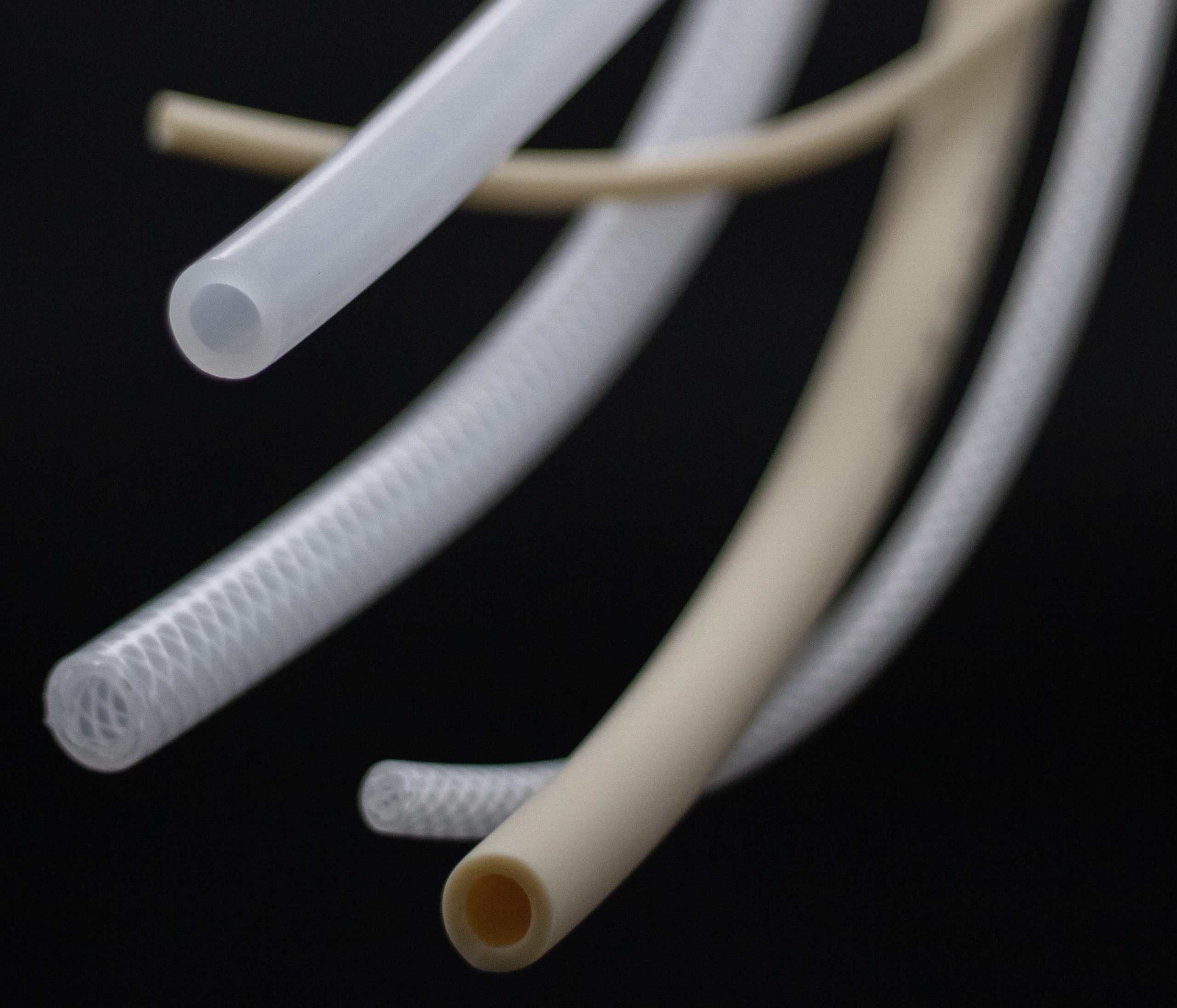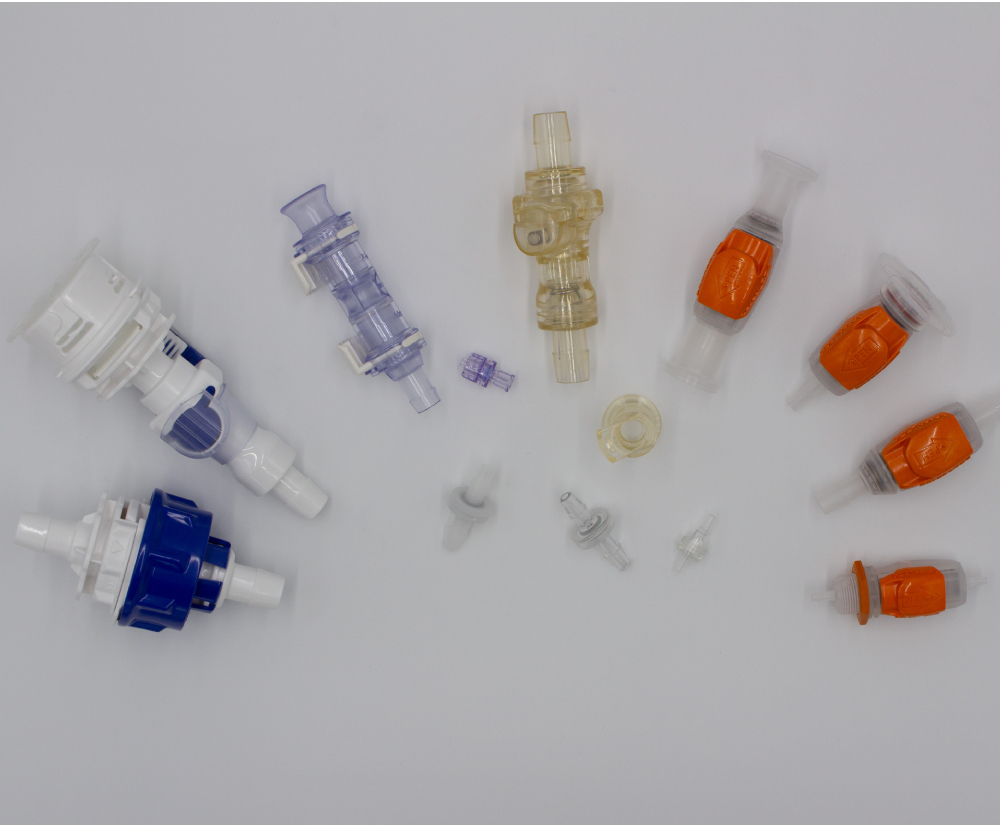Why Size Matters in Bioprocessing Tubing: The Importance of ID and OD
When it comes to bioprocessing, the size of tubing used is just as important as the material, composition, and wall thickness. The inside and outside diameters (ID and OD) of tubing can have a major impact on the accuracy of results in bioprocessing applications. Additionally, utilizing different sizes of tubing for various procedures can help to optimize performance in the lab setting. In this article, we will explore why size matters in bioprocessing tubing, what factors should be considered when selecting tubing for specific applications, and strategies for optimizing tube size selection in the lab setting.
Tubing size is an important factor to consider when designing bioprocessing systems. If the wrong size tubing is chosen, it could cause significant issues with accuracy or efficiency during processing. Additionally, improper sizing could lead to problems with clogging or pressure buildup due to low flow rates or dead volumes created by too much space between fittings or valves.
Knowing how ID and OD can affect your bioprocessing system is key to ensuring you get accurate results every time. Being aware of these factors can help you choose the right size tubing for each application, which will allow you to maximize efficiency while minimizing any potential risks that come with incorrect sizing.
When selecting tubing for a specific application, several factors should be considered. First and foremost is evaluating the fluid pressure that the tubing will be exposed to. The pressure of the fluid must not exceed what the tubing can handle for it to function correctly. It is also important to consider the inner diameter of the tubing so that an appropriate flow rate can be achieved. The wall thickness of the tubing must also be assessed to guarantee its ability to withstand pressure and flow rate. It is also important to evaluate the outer diameter of the tubing to ensure it fits into connectors and other components that may need to be attached. Finally, material composition should also be taken into consideration when selecting bioprocessing tubing, as certain materials may not be suitable for certain procedures or applications due to chemical incompatibilities.
When choosing bioprocessing tubing, it is important to take all these factors into consideration to optimize results and maximize efficiency in your lab setting. Knowing how ID and OD can affect performance is key; if too large a tube is selected, there may be an increase in dead volume or inefficient mixing due to inadequate mixing time; if too small a tube is selected, there could be clogging issues or excessive backpressure leading to instrument damage and inaccurate results. Evaluating pressure differential between two points can help you determine an appropriate size range for your application needs, while minimizing dead volume can help save on cost and optimize efficiency. Taking these considerations into account when selecting bioprocessing tubing will ensure accurate results and successful operations each time you run your experiments or processes.
When selecting bioprocessing tubing, it is important to consider the pros and cons of using smaller or larger sizes. While smaller tubing can provide tighter control on fluid flow rate and viscosity, leading to more accurate results, it can also require a higher level of maintenance due to its susceptibility to clogging. On the other hand, larger tubing allows for a more rapid flow rate, but reduces precision when dealing with small volumes of fluids.
Smaller diameter tubes provide better control in terms of accuracy and repeatability for data-driven applications such as chromatography. However, the increased pressure drop that comes with smaller diameters can lead to potential blockages and result in the need for frequent cleaning or flushing. In addition, the presence of particles or contaminants in these systems can cause further clogging issues when working with smaller diameters so they need to be monitored closely.
Larger diameter tubes offer higher flow rates which make them ideal for applications that require fast response times such as filling operations or pump systems where speed is critical. They also provide greater flexibility in volume delivery, allowing you to accommodate different system needs without sacrificing precision. The downside of larger tubes is that they tend to be less accurate than their smaller counterparts due to lower flow velocity and reduced pressure drop which can lead to problems with fluid control at lower volumes.
Ultimately, the optimal size of tubing for a given application should be carefully considered to maximize bioprocessing performance. Different process requirements may mean that there is no single solution; instead, different sized tubes may need to be used within a single application depending on what works best for each individual process step. When selecting bioprocessing tubing for an application, you should also consider factors such as inner and outer diameter (ID/OD), wall thickness, material composition and compatibility with your system’s environment – all will play an important role in ensuring optimal performance from your bioprocessing system setup over time.
When it comes to bioprocessing, the size of the tubing is an essential component for carrying out accurate and successful procedures. Different processes require varying sizes of tubing to ensure precision and efficiency. It’s important to understand why this is so that you can get the most out of your bioprocessing system.
In cell culture experiments, small diameter tubes help reduce bubble formation while ensuring a uniform flow of fluid. This size also helps decrease shear stress on delicate cells and reduces residence times, thus reducing the risk of cell death due to contamination or destruction. By using smaller tubes, researchers can increase accuracy with minimal threat posed to their samples.
For fermentation processes, larger diameter tubes are more suitable as they reduce exposure to outside agents that could contaminate the sample – especially when dealing with sensitive microorganisms such as pure cultures or biosynthesized molecules. Moreover, wider pipes minimize back pressure buildup due to low flow rates, thereby providing increased safety for operators.
Chromatography procedures benefit from smaller diameter tubing as they allow for more precise control overflow rate and viscosity which increases separation efficiency while requiring less sample than larger alternatives. Additionally, narrower pipes enable lower back pressure levels thus allowing researchers to fine tune experimental parameters like retention time or resolution power for maximum specificity.
Filtration applications rely on larger inner diameters to achieve higher flow rates without clogging risks caused by turbulence inside pipes. Larger tubes also maintain consistent particle size distribution throughout filtration processes yielding optimal results while keeping operators safe from high back pressure levels associated with clogged systems.
Finally, bioreactor systems necessitate wider inner diameters since they minimize residence times as well as maximize oxygen transfer rates without sacrificing accuracy or precision of results obtained during operation at any scale. Utilizing correctly sized tubes ensures uniform mixing throughout reactor tanks while supplying adequate amounts of nutrients and oxygen necessary for successful operations at any scale too.
The importance of selecting appropriate tube sizes for each application cannot be emphasized enough; doing so will not only guarantee accurate results but efficient operations every single time you use your bioprocessing system.
When selecting bioprocessing tubes for a particular application, professionals should consider several strategies to guarantee precision and efficacy. Assessing the maximum pressure differential that the tubing must endure is key; selecting an appropriate ID and OD, as well as wall thickness, is essential to ensure the tube can handle relevant pressures. Additionally, minimizing dead volume minimizes cost by eliminating spaces with no interaction between components. Finally, determining compatibility between material composition of the selected tube and liquid/gas/vapor helps optimize performance by taking into account temperature extremes and calculating surface area for heat transfer or evaporation calculations. By following these strategies when making size selections for bioprocessing tubes, accuracy can be maximized while costs associated with inefficient operation due to improper sizing selection can be reduced.





